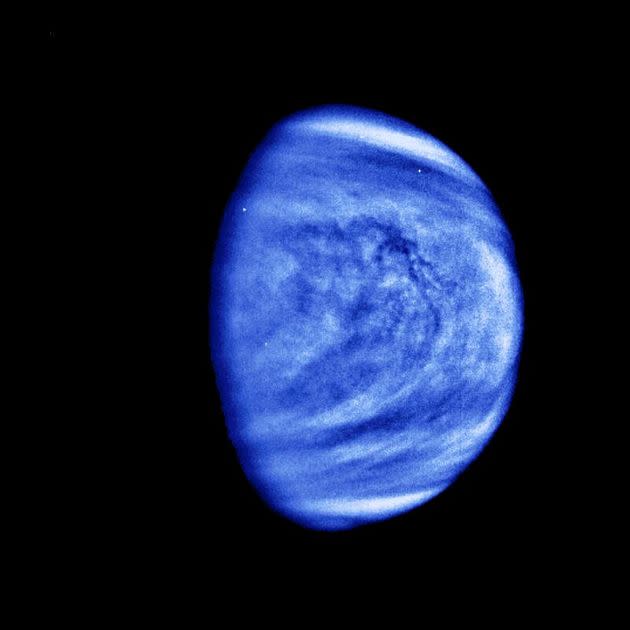Possible Sign Of Life Discovered On Venus, Scientists Announce
Scientists may have detected signs of life in the harshly acidic clouds of Venus, they announced on Monday.
Although they did not discover actual life forms, the UK-led team said a gas called phosphine – which on Earth is only produced by bacteria thriving in oxygen-starved environments – is a tantalising sign of potential life.
The international scientific team first spotted the phosphine using the James Clerk Maxwell Telescope in Hawaii and confirmed it using the Atacama Large Millimeter/submillimeter Array (ALMA) radio telescope in Chile.
“I was very surprised - stunned, in fact,” said astronomer Jane Greaves of Cardiff University in Wales, lead author of the research published in the journal Nature Astronomy.

The existence of extraterrestrial life long has been one of the paramount questions of science. Scientists have used probes and telescopes to seek “biosignatures” - indirect signs of life - on other planets and moons in our solar system and beyond, Reuters reports.
“With what we currently know of Venus, the most plausible explanation for phosphine, as fantastical as it might sound, is life,” said Massachusetts Institute of Technology molecular astrophysicist and study co-author Clara Sousa-Silva.
“I should emphasise that life, as an explanation for our discovery, should be, as always, the last resort,” Sousa-Silva added. “This is important because, if it is phosphine, and if it is life, it means that we are not alone. It also means that life itself must be very common, and there must be many other inhabited planets throughout our galaxy.”

Phosphine - a phosphorus atom with three hydrogen atoms attached - is highly toxic to people.
Earth-based telescopes like those used in this research help scientists study the chemistry and other characteristics of celestial objects.
Phosphine was seen at 20 parts-per-billion in the Venusian atmosphere, a trace concentration. Greaves said the researchers examined potential non-biological sources such...


